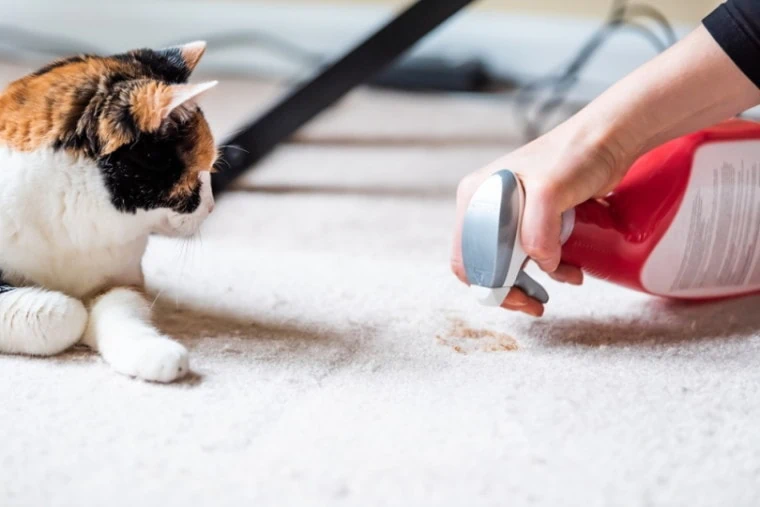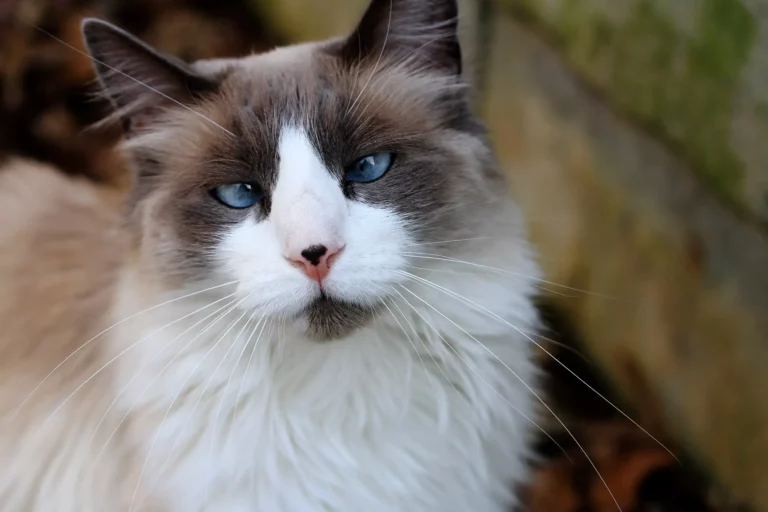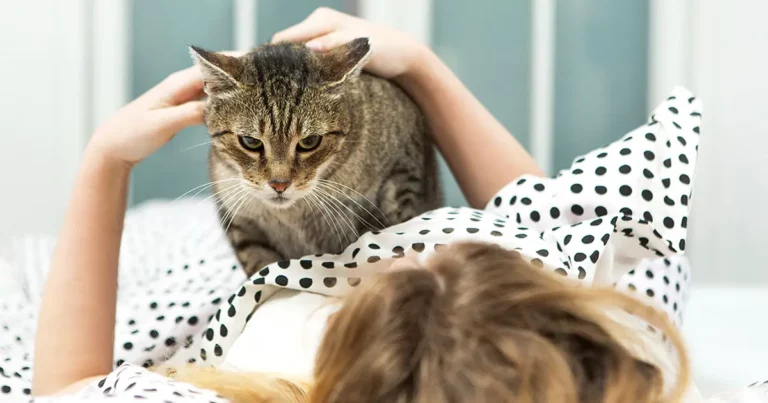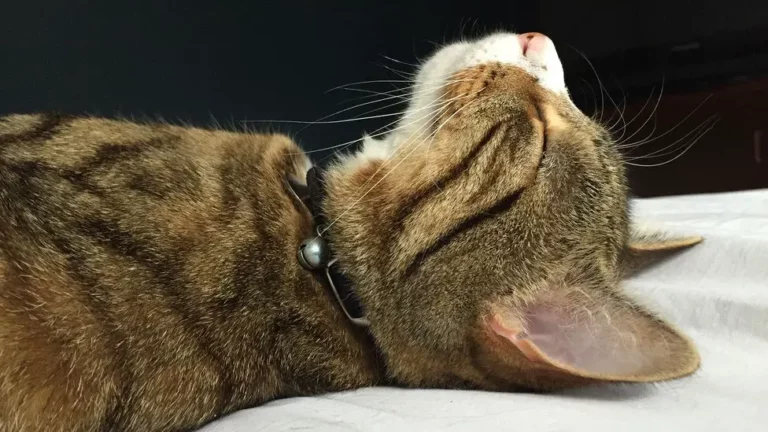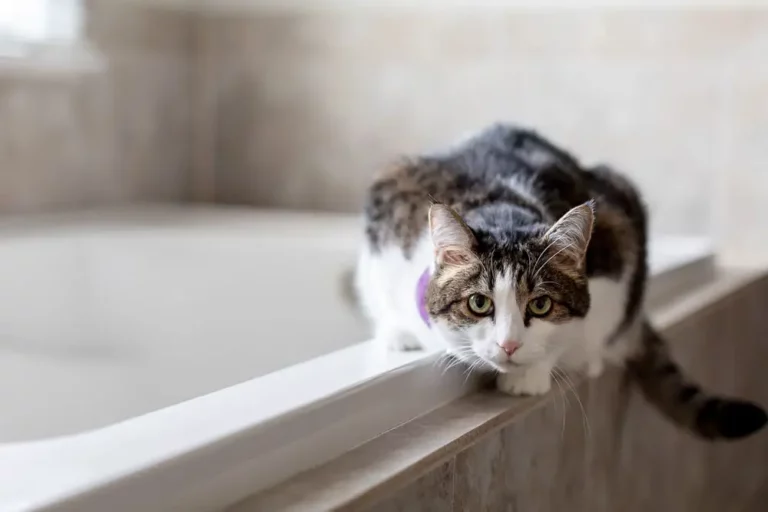5 Ways How to Know If Your Cats are Bonded
Do you ever worry that your cats aren’t truly bonded, despite all the cuddles and games they enjoy together?
The good news is that a strong bond between cats is easy to notice if you look for certain behaviors.
Learn what behavior to watch out for that indicates your cats have formed a tight bond with one another.
What Does Bonded Cats Mean?
Bonded cats are two (or more) cats that live in the same home, have formed a strong attachment to each other, and cannot be separated without distress or aggression.
Bonded cats usually enjoy grooming each other, sleeping together, and spending time in close proximity.
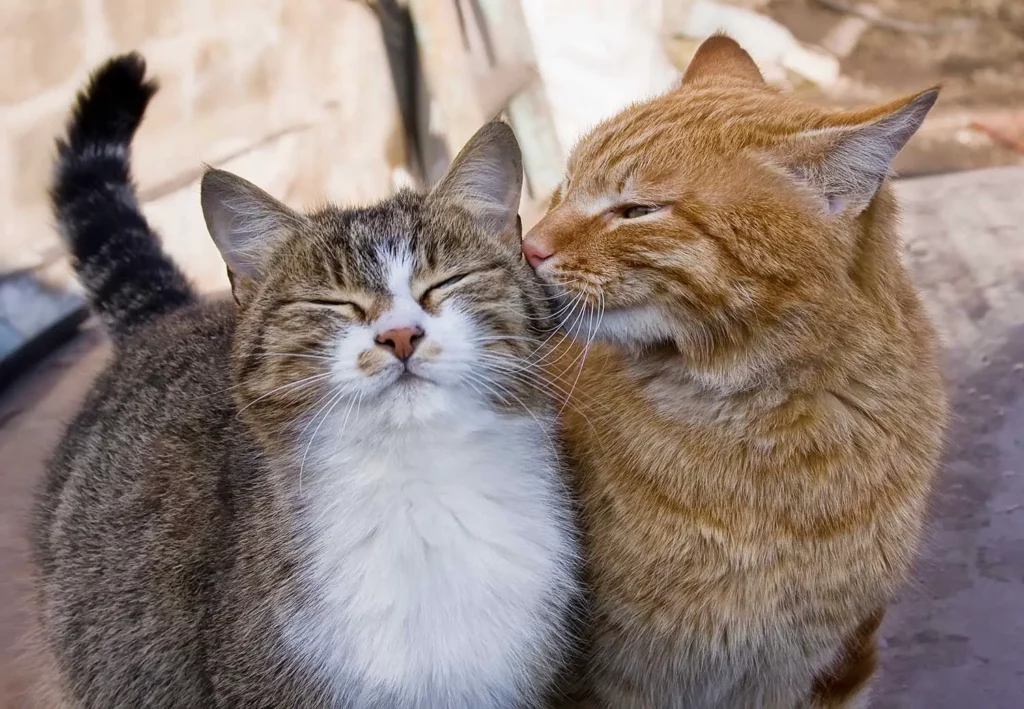
5 Ways to Tell If Your Cats Have Formed a Bond
Here is a list of five ways to tell if your cats have formed a bond:
1. Playfulness and Mutual Grooming
Playful interactions and mutual grooming are two signs that highlight a strong bond between cats.
If you observe your cats chasing each other around and tumbling over, they are likely deeply connected.
Mutual grooming is also an indicator of affection between the two, as cats use their tongues to groom each other’s faces, fur, and tails to show love and care.
2. Social Interactions
Another good indication of a bond between cats is their ability to create a social atmosphere between themselves.
If you observe them having meals together, greeting each other when one returns home, and sleeping together on the same bed, it’s safe to say that your cats have formed an underwater bond.
This indicates a strong emotional connection and understanding between the two, which is indicative of a positive relationship.
3. Blended Scent Markers
When cats are feeling particularly comfortable with each other, they may start leaving blended scent markers.
This behaviour includes mutual grooming and licking each other, rubbing their cheeks against each other, and even joint urine marking.
All of these behaviours involve leaving a combined scent which indicates to all animals in their vicinity that the two cats have formed a bond.
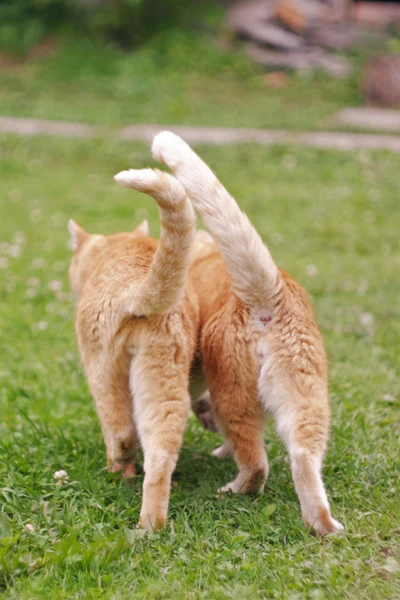
4. Mutual Bonding Activities
Mutual bonding activities, such as play fighting, chasing one another in circles around the house, or even just sitting close together are all signs of strong relationships between cats.
Watching for moments when both cats seem contented and relaxed at the same time gives great indication that a bond has been formed.
If you notice your two cats taking up similar positions in your home after period of getting used to each other, then chances are that a bond has formed.
5. Napping Together
One of the most telling signs of a strong bond between your pets is when they start to nap together.
Napping together signifies trust and acceptance, which is a major step in the bonding process between cats.
If you find that your cats are curled up together in comfortable spots around your home, it’s likely that they have formed a strong bond.
Also read:
Tips for Encouraging Bonding in Multi-Cat Households
Having multiple cats in one household can be rewarding, but also presents some unique challenges.
To help your cats become best friends, you’ll need to take the time to encourage bonding through appropriate playtime and activities, environmental enrichment and respectful introductions.
Follow these tips to learn how to help your cats form strong bonds with each other.
Provide Proper Resources.
Cats are territorial by nature, so having at least one separate litterbox, feeding station and scratch pad per cat can help minimize competition and create a space where they feel safe and secure.
Don’t forget to provide plenty of places to hide and climb, such as cat trees and scratching posts.
If these resources are spread out around the house it can give each cat the opportunity for personal space.
Increase Playtime with Each Cat Individually.
Spending quality time with each cat every day (both individually and as a group) is essential for bonding. Dedicate some time each day to play with your cats separately.
A favorite mouse toy or laser pointer can provide great exercise and make the time they spend together more rewarding.
This will help them start to recognize one another and view each other as playmates rather than competitors.
Introduce Slowly and Safely Through Scents First.
Before you can introduce your cats to each other, they need to get used to one another’s scents.
Take items that have been handled by each one and put them in the same room.
Rub a towel or blanket across their back, cheeks, and ears to transfer their scent from cat-to-cat. This allows your cats to get used to the new smells before meeting face-to-face.
Foster Positive Experiences Together.
It’s important to create positive experiences together, so both cats will view each other as companions.
Try feeding them side by side in the same room away from their typical areas, playing interactive toys together and providing scratching posts nearby to prevent competition.
If they’re comfortably co-existing with one another, offer treats or lots of love and praise to further reinforce the positive experience!
Make Attention Equal Between Cats in the Household.
All cats should feel appreciated and fully taken care of. Make sure their needs are met equally, providing equal attention, playtime and love.
Taking turns holding them, cuddling them and petting them makes your home more cohesive and allows each furry friend to get the proper one-on-one time they need with you.
This reinforces positive behavior and encourages bonding since both cats will understand that they’re equally valued members of your family.
Final Remarks on How to Know If Cats Are Bonded
Head butting, grooming, shared mealtimes and toys, sleeping intertwined, affectionate touching and playing together are all signs of a strong bond between cats.
Conversely, if there is hostility or aggression between the cats such as hissing, spitting or swiping at each other, then this could indicate that they need to be further socialized with one another.
I hope you found this article helpful and informative. Please leave a comment below if you have any questions and/or feedback.
Thanks for reading!

